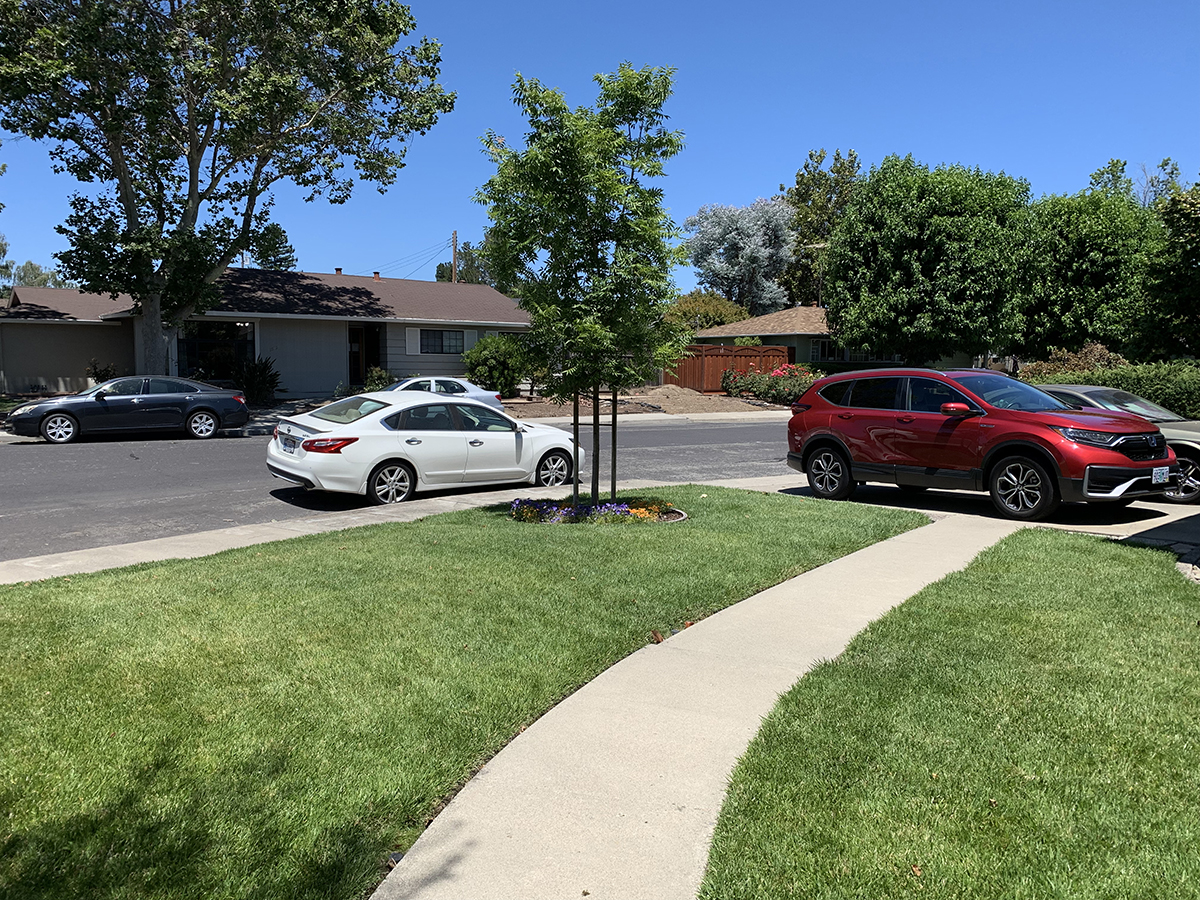Those of you who have been following the news on insect declines have probably heard about neonicotinoid insecticides, or neonics, by now. Neonics have gained notoriety for their impacts on pollinators, aquatic invertebrates, and the broader ecosystem. While the science has been clear for quite some time and restrictions have been placed on neonics in other countries, regulators in the United States have been slow to decide whether and how neonics should be used. The Environmental Protection Agency (EPA) has been reviewing neonicotinoids for years, and recently pushed out their timeline for making a final decision by another two years to 2024.
As EPA continues to delay, states are moving forward on restricting the use of harmful neonics, and can learn from how other states are approaching the issue. California is inching closer to meaningful restrictions on neonics that could affect their use in both agricultural and non-agricultural areas. While no final decisions have been announced by the state, we anticipate action by California’s Department of Pesticide Regulation and their legislature on these proposals soon. Here is a run-down of the proposals and where they stand.
Agricultural restrictions to protect honey bees
California's Department of Pesticide Regulation (DPR) has proposed restrictions on neonics for agricultural uses that are intended to protect honey bees. (Xerces has argued that they should be taking a broader look at native pollinators, but the proposed mitigations focus strongly on honey bee colonies). This is their re-evaluation process for the neonics, which has been on-going for years, with final decisions anticipated in the coming months. If the proposal is finalized, crop-specific restrictions would be implemented that include prohibiting bloom-time applications, reducing maximum application rates, and more. In some cases, further restrictions apply only when managed pollinators are being used in the crop, which will unfortunately not help protect wild pollinators. While we think the proposal could go further to protect all pollinators, it is an important step forward for curtailing some of the most harmful uses in California.
Non-agricultural restrictions considered by the legislature
Since DPR's proposal only impacts agricultural uses, the legislature is also considering a bill that would ban outdoor non-agricultural uses of neonics. This effort is being led by our partners at the Natural Resources Defense Council, California Native Plant Society, and Environment California. Xerces has supported the bill through committee hearings, and it’s now at a crucial point with deadlines in August to move through the Senate. If you are a California voter, we urge you to contact your state Senator to encourage them to pass AB 2146!

Regulating pesticide-treated seeds
Neonics are not only sprayed, but are often pre-coated on crop seeds, resulting in widespread insecticide applications where treatment may not be needed. However, these seeds are completely unregulated by DPR due to a regulatory loophole. Working with NRDC and other partners, we filed a petition to ask DPR to close that loophole and regulate pesticide-treated seeds in California. As a result, DPR held a workshop and solicited comments on regulating the use of treated seed in the state and appears to be developing a regulatory plan. We hope that DPR will propose a plan that ensures pollinators and other invertebrates the protection they deserve from pesticide-treated crop seeds. Either way, we remain committed to working with our partners to ensure that DPR regulates treated seeds appropriately.
While we continue to wait for EPA to decide on any restrictions on neonic use, it is heartening to see states moving forward with restrictions to protect pollinators and communities. Last year, New Jersey and Maine passed laws to restrict neonic use. We are glad to see other states like California taking steps to join them and consider other ways to protect pollinators.



